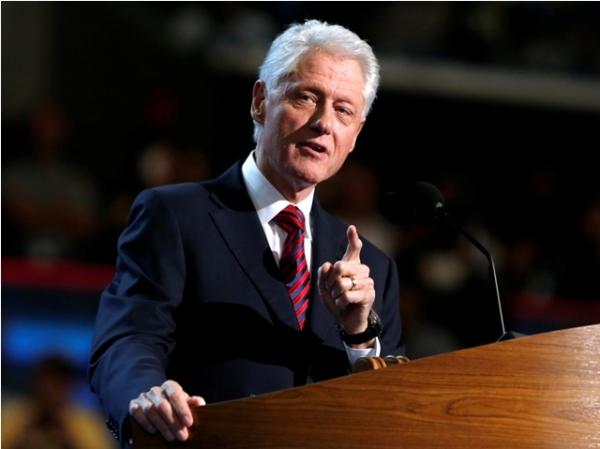
Late last week I got a text message from my politically-conservative brother in North Carolina that said “Has there ever been a better political speaker than Bill Clinton?” Indeed, wherever you stand on the political spectrum, it’s difficult to deny the effectiveness of Bill Clinton as a speaker.
E. J. Dionne published an opinion in the Washington Post where he said:
Bill Clinton is typically described as the empathetic, feel-your-pain guy. But his greatest political skill may be as a formulator of arguments — the explainer in chief.
Recently USA Today quoted Obama saying this about Clinton:
Somebody emailed me after his speech -- they said, you need to appoint him secretary of explaining stuff... That was pretty good. I like that... the secretary of explaining stuff.
I like it too.
I think Bill Clinton’s abilities as an explainer highlight a big point about explanation. It is an art - everyone does it a little differently and that’s what makes it special. From The Art of Explanation:
Like any art form, explanation thrives on being unique and novel; it succeeds when it helps people see ideas from a new perspective. It is a conscious act that depends on creativity more than a specific formula or set of steps.
And so it is with Bill Clinton. His explanations are unique to his style and way of thinking. They reflect specific choices by him (and presumably his speechwriters) that present information a remarkably effective manner. But what’s really happening? What can we learn from Bill Clinton? A couple of thoughts...
Art and science, working together. Facts are often backed up by evidence and it’s easy to assume that they can or will speak for themselves. But it’s just not true. Facts need help to become interesting and understandable. Bill Clinton’s creative talent is packaging facts into a form that makes people care - and that is one of the true goals of explanation - to package and communicate facts in way that makes people understand, care and feel motivated.
Bill Clinton feels your pain. When he packages facts into explanations he does so with an incredible awareness of the audience’s attitudes, styles and perspectives. He can imagine what it’s like for them to hear and feel his words. This is empathy and it's incredibly important to explanations. His explanations are designed to make the audience feel confident by talking to them in a style that comes across as authentic and real.
Of course, a lot more goes into a Clinton speech. His good ‘ole boy informality can be disarming. He builds context, tells great stories and make clear connections. All are important. But the real art of what he does as an explainer boils down to how he approaches facts and packages them into a form that make people care. In that, he is a master.
(Photo : REUTERS/Eric Thayer)
Lee LeFever is the founder of Common Craft and author of The Art of Explanation - Making Your Ideas, Products and Services Easier to Understand. Available for pre-order now and arriving in bookstores and eReaders in mid-October.